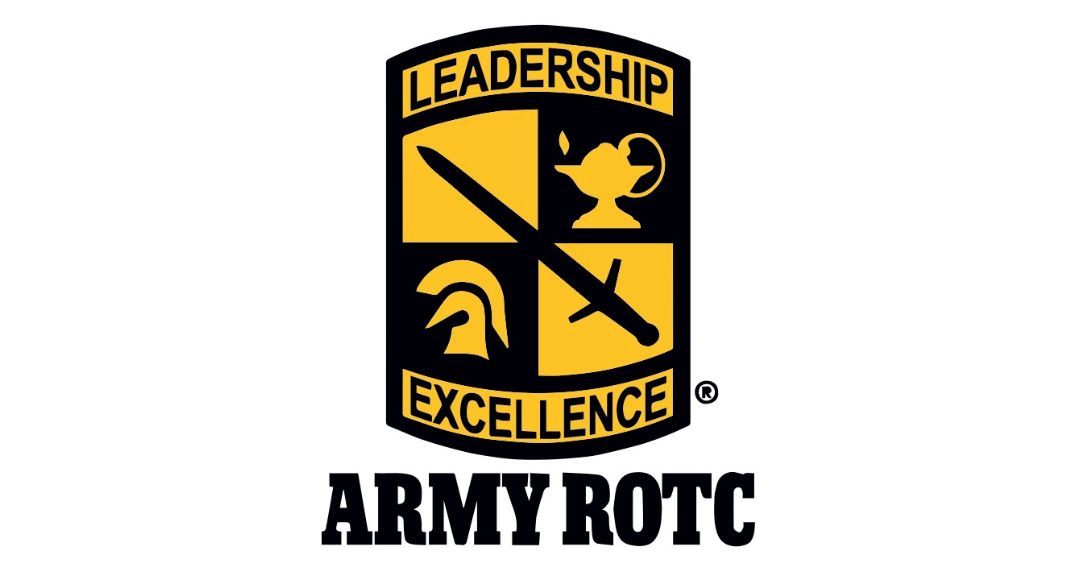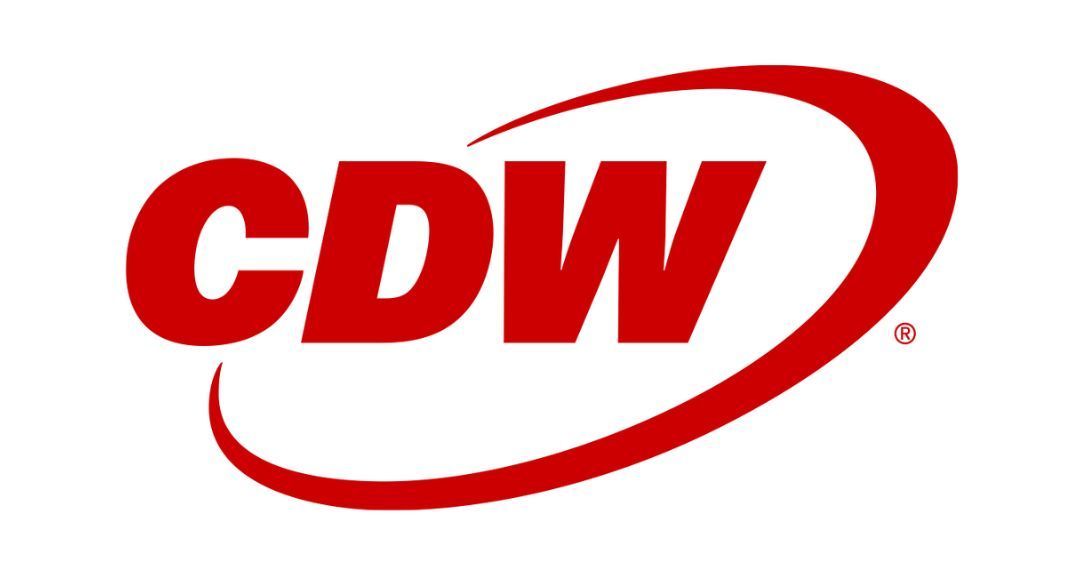Road to FETC: Enhancing the Student Experience
-
Leveling Up Education: The Rise of Esports in K12 Schools
October 02, 2024 FETCPicture this: a packed arena, thousands of fans roaring with excitement, colorful jerseys and homemade signs everywhere. But instead of traditional athletes, the stars of the show are skilled gamers battling it out on giant screens.
The stage is set with massive 128-inch 4K TVs, high-tech gaming rigs, and an electric atmosphere. Welcome to the world of e-sports, where the competition is fierce and the stakes are high.
Household brands like Mountain Dew, Mercedes-Benz, Samsung and Red Bull back the teams, and prize packages total in the hundreds of thousands of dollars.
This isn’t your typical sporting event.
This is esports. And it’s an industry expected to grow from its current valuation of $1.38 billion to $1.87 billion by 2025. -
Making the Unbelievable a Reality: How Immersive Learning is Reigniting Education
October 02, 2024 FETCImagine walking through a rainforest from your living room or exploring the depths of space from your classroom chair—would you take the opportunity?
Immersive learning tools are turning these experiences into reality for today’s students, creating interactive and engaging environments—all without leaving the classroom. Using tools like virtual reality (VR) to augmented reality (AR) and mixed reality, immersive learning provides students with opportunities to learn that simulate real-world scenarios and present information in dynamic, visually rich formats.
-
STEAM: Bridging Creativity and Innovation for 21st-Century Student Success
October 02, 2024 FETCJust 15 years ago, STEM education was a rare sight, confined to a handful of magnet schools and pilot programs. But today, it's a cornerstone of K-12 learning, empowering students with the skills they need to thrive in the 21st century. The origin of STEM at that time was limited to magnet schools and pilot programs.
The STEM movement has exploded in recent years, with over 13,000 school districts across the US embracing its principles. And many have taken it a step further, integrating the arts to create a more holistic and engaging learning experience known as STEAM.

)
)
)









